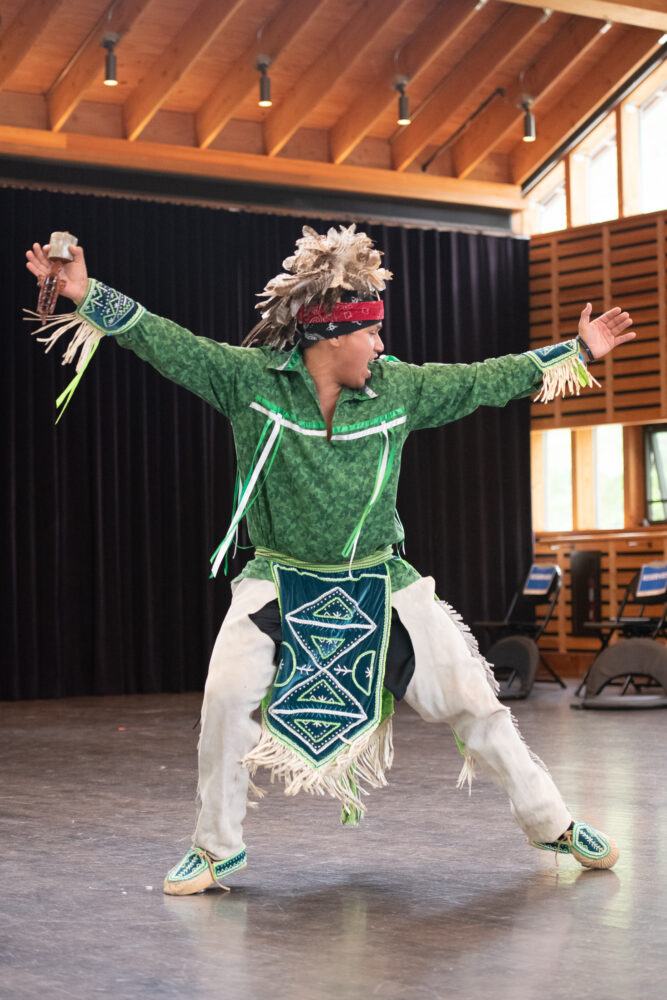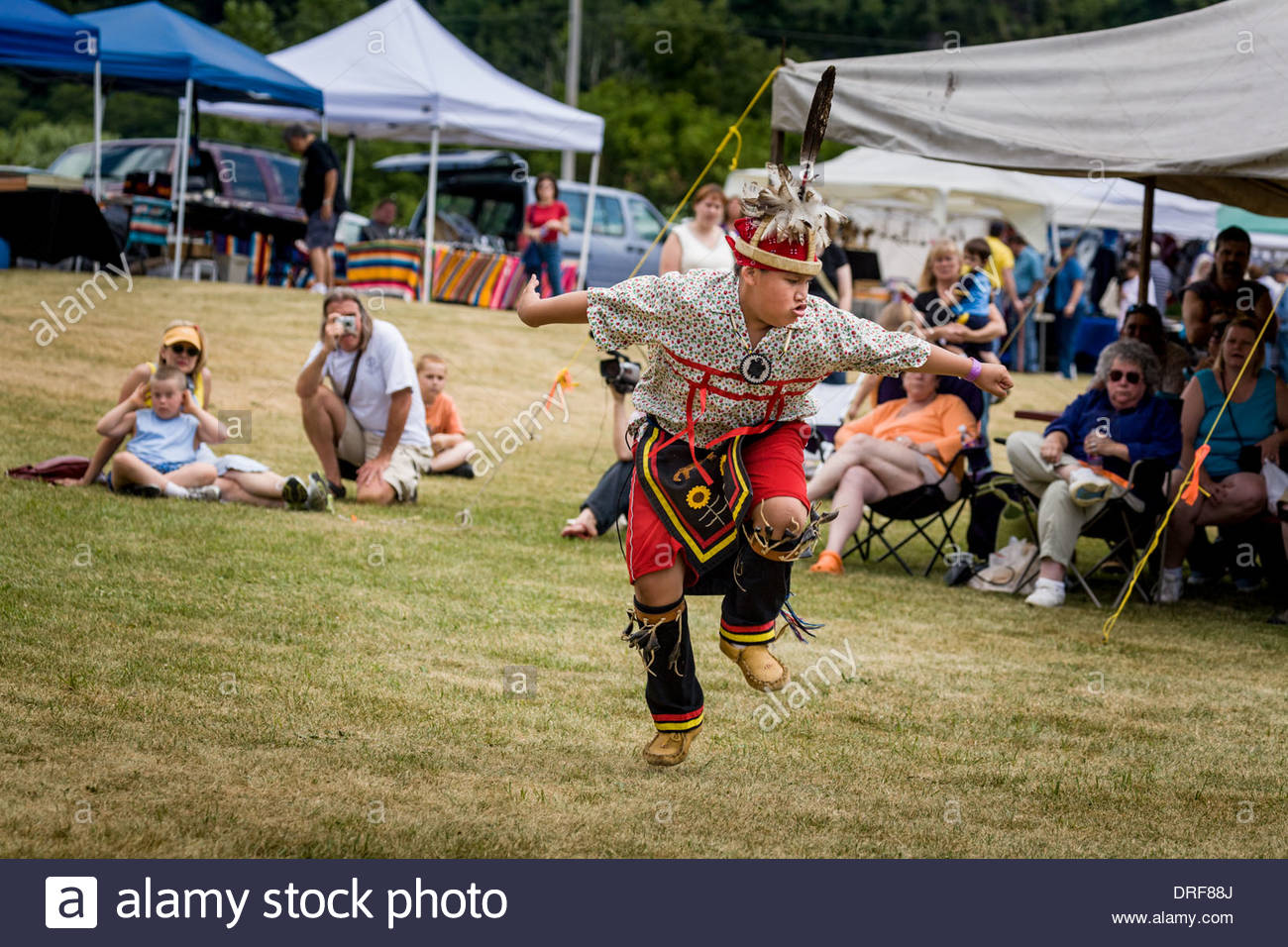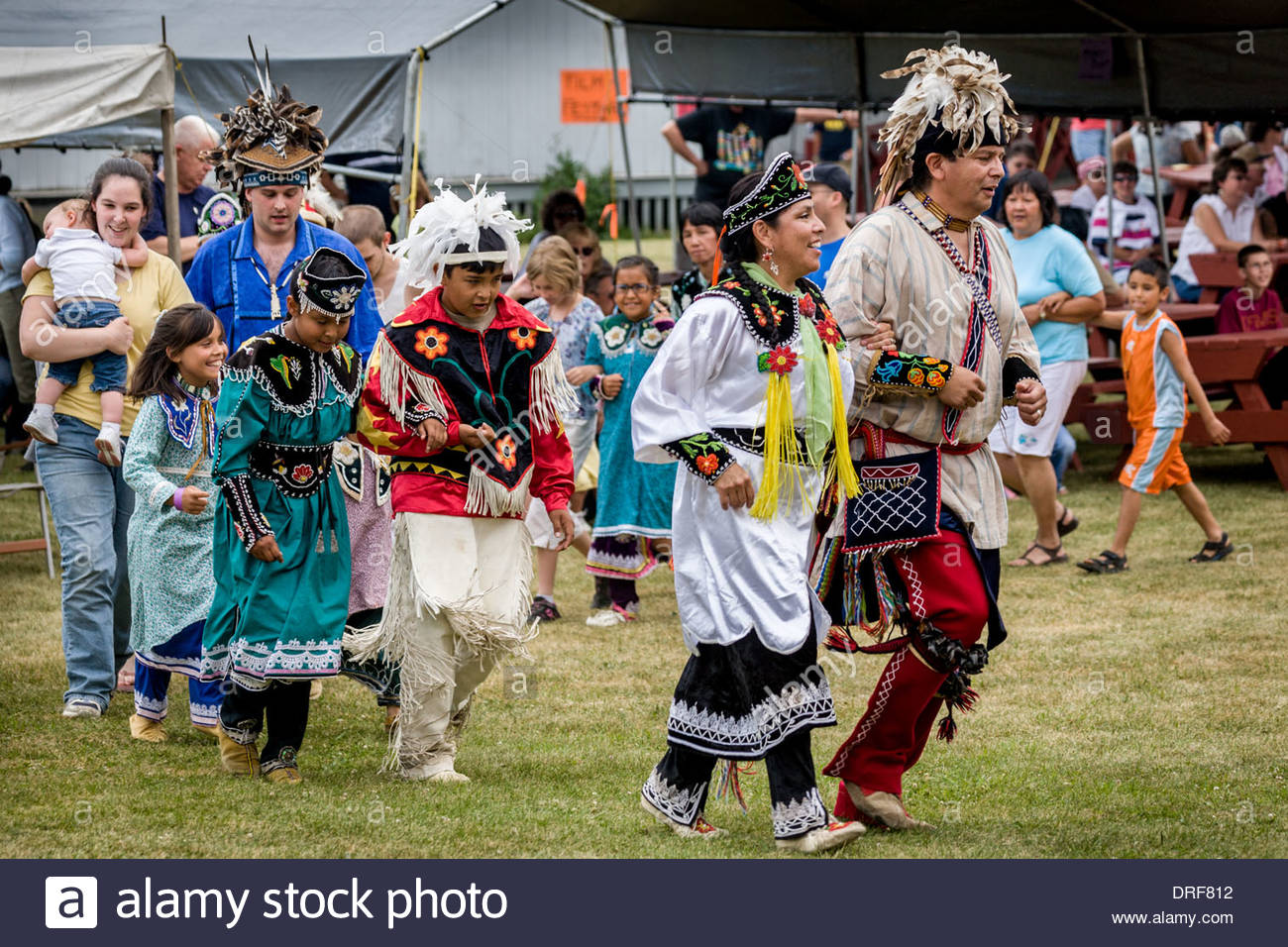
The Resonant Heartbeat: Iroquois Traditional Dances as Living Prayer and Prophecy
The air crackles with anticipation, a collective breath held as the rhythmic thud of the water drum begins. It’s a sound that seems to rise from the very earth, resonating deep within the chest, a pulse that has echoed through generations. Then, the voices join, a chorus of ancient songs, followed by the shuffle and stomp of moccasined feet. This is not a performance for an audience; this is a ceremony, a conversation, a living prayer. This is the world of Iroquois traditional dances, a vibrant, continuous thread weaving together spirituality, history, and community for the Haudenosaunee people – the People of the Longhouse.
For the Iroquois Confederacy, also known as the Haudenosaunee (Mohawk, Oneida, Onondaga, Cayuga, Seneca, and Tuscarora Nations), dance is far more than mere movement. It is a profound expression of gratitude to the Creator, a means of healing, a way to recount history, and a vital mechanism for cultural preservation. Each step, each song, each drumbeat carries the weight of ancestral knowledge and the promise of future generations.

The Sacred Foundation: Dance as Dialogue
At the very core of Iroquois traditional dances lies a deep spiritual foundation. Unlike Western dance forms often focused on entertainment or artistic expression, Haudenosaunee dances are primarily ceremonial. They are conducted in sacred spaces, most notably the Longhouse, which serves as the spiritual and social hub of the community. Here, the dances are offered as thanksgiving, as petitions for health and prosperity, and as a means of maintaining balance and harmony with the natural world and the spiritual realm.
"Our dances are our living prayers," explains Katsi’tsakwas, an elder from the Mohawk Nation, her voice steeped in wisdom. "They are how we speak to the Creator, how we show our appreciation for the gifts of the earth, and how we keep our connection strong with our ancestors." This sentiment underscores a fundamental truth: Iroquois dances are not about human performance but about participation in a cosmic dialogue. They are a physical manifestation of a spiritual conviction, a communal act of faith that binds the individual to the collective and to the universe.
The Iroquois worldview emphasizes the interconnectedness of all things – the sky world, the earth, the plant and animal nations, and human beings. Dances often reflect this intricate web, mirroring the movements of animals, the rustle of leaves, or the flow of water. They are a reminder of the responsibilities humans have to maintain this balance and to acknowledge the gifts received from the natural world.
Rhythms of Life: Seasonal and Social Celebrations
The Haudenosaunee calendar is deeply intertwined with the cycles of nature, and their dances mirror these seasonal rhythms. Major ceremonies, often lasting several days, mark crucial points in the agricultural year, ensuring that the community expresses gratitude for the bounty of the earth and seeks blessings for future harvests.
The Midwinter Ceremony (Jadakwah), typically held in late January or early February, is the most significant of these. It is a time of spiritual renewal, thanksgiving, and purification, lasting several days. During Midwinter, a wide array of dances are performed, including the Great Feather Dance, the Skin Dance, and various social dances. It’s a period for reflection, for naming new members, and for reaffirming community bonds.
Spring brings the Maple Dance, celebrating the life-giving sap of the maple tree, a vital first harvest after the long winter. As the planting season approaches, dances give thanks for the seeds and ask for a successful growing season. The Strawberry Dance honors the first berry of summer, a symbol of good health and good heart.

The Green Corn Dance (or Harvest Dance) is a joyous celebration held in late summer or early autumn, expressing profound gratitude for the ripened corn, beans, and squash – the "Three Sisters" – which form the staple of the Iroquois diet. These dances are vibrant, energetic affairs, filled with communal participation, feasting, and the sharing of stories.
Beyond the seasonal observances, many dances serve social and healing purposes:
- The Stomp Dance: Perhaps one of the most widely recognized and frequently performed social dances, the Stomp Dance is characterized by its communal, circular movement. Dancers follow a leader in a counter-clockwise direction, their steps creating a rhythmic stomp that is both grounding and exhilarating. The leader sings a call-and-response song, and the community responds. Often lasting for hours, the Stomp Dance is a powerful expression of unity, storytelling, and communal joy. It’s a dynamic dance that invites participation from all ages, reinforcing the bonds of kinship and shared identity.
- The Smoke Dance: In contrast to the communal Stomp Dance, the Smoke Dance is a competitive dance that highlights individual skill and agility. Performed by both men and women, often separately, it requires precise footwork, quick turns, and intricate movements, mimicking the elusive nature of smoke. While it has roots in traditional warrior dances, its modern form often serves as a showcase of individual talent and a friendly competition, frequently seen at powwows and cultural gatherings. The men’s Smoke Dance is powerful and athletic, while the women’s version is equally demanding, showcasing grace and rapid footwork.
- The Great Feather Dance (Ohgiwe): A men’s sacred dance of immense spiritual significance, often performed during Midwinter and other important ceremonies. The Feather Dance is a men’s sacred dance, characterized by a unique step and often performed with a rattle. It is a dance of honor and deep spiritual connection, expressing gratitude and respect for the Creator and the forces of nature.
- The Bear Dance: This healing dance is traditionally performed to invoke the healing power of the bear spirit. It is a slow, shuffling dance, often performed by a selected group of dancers, with movements that mimic the bear’s gait. It is a powerful reminder of the deep connection between the Haudenosaunee and the animal world, and the belief in the spiritual power inherent in all living things.
The Symphony of Sound and Sight: Elements of Expression
The power of Iroquois dance is amplified by its integral elements: the music, the regalia, and the specific movements.
The music is predominantly provided by the human voice and a select few instruments. The water drum is perhaps the most iconic. Made from a hollowed-out log or a kettle with a stretched hide head, and partially filled with water, its unique resonance produces a deep, pulsating beat that is both hypnotic and grounding. The amount of water affects the pitch, allowing for subtle variations. Horn rattles, made from the horns of buffalo or deer, and turtle rattles, made from the shells of snapping turtles, provide rhythmic accompaniment, their distinct sounds adding layers of texture to the songs. These instruments are not merely tools but sacred objects, carefully crafted and imbued with spiritual significance.
The songs themselves are an oral library of Haudenosaunee knowledge. Passed down through generations, each song is specific to a particular dance or ceremony, carrying stories, prayers, and historical narratives. The melodies are often hauntingly beautiful, and the lyrics, though sometimes brief, are packed with meaning, often expressing gratitude, acknowledging creation, or recounting heroic deeds.
Regalia, often mistakenly called "costumes," are vital components of the dance. These are not outfits for performance but sacred attire, carefully crafted and adorned with symbols and materials that hold deep cultural and spiritual significance. Feathers, beads, quills, shells, and natural fibers are intricately woven and sewn, each element telling a story or representing a connection to the natural world. For men, regalia might include headdresses with upright feathers (gustoweh), beaded vests, and breechcloths. Women’s regalia often features elaborate skirts, blouses, and intricate beadwork. The vibrant colors and meticulous craftsmanship are a testament to the respect held for the traditions and the beings represented.
The movements themselves are diverse yet universally purposeful. Circular patterns often symbolize the cycle of life, the sun’s path, or the communal unity. Steps range from the grounded, rhythmic stomp to agile, almost acrobatic leaps and turns. Animal movements are often mimicked, not for imitation but to honor the spirit and characteristics of the animal. Every movement is deliberate, contributing to the overall spiritual and communal intent of the dance.
Keepers of the Flame: Preservation and Adaptation
The history of the Haudenosaunee, like many Indigenous peoples, is marked by periods of immense challenge, including assimilation policies that sought to suppress their cultural practices. Yet, the traditional dances endured. They were kept alive in the Longhouses, passed down in whispers and teachings from elders to youth, often in secret, demonstrating the profound resilience and commitment of the people to their heritage.
Today, these dances are experiencing a powerful resurgence. Younger generations are eagerly embracing their traditions, learning the songs, the steps, and the intricate art of regalia making. Cultural centers, community events, and even powwows (though distinct from traditional Longhouse ceremonies) provide platforms for sharing these vibrant expressions with both Indigenous and non-Indigenous audiences.
"When we dance, we are not just moving our bodies," shares a young Oneida dancer, eyes bright with passion. "We are connecting to our grandmothers and grandfathers, to the land, to the Great Spirit. It’s how we remember who we are and how we teach our children to be strong." This commitment from the youth is crucial, ensuring that the heartbeat of the Iroquois people continues to resonate for centuries to come.
A Living Legacy
Iroquois traditional dances are a testament to the enduring spirit of the Haudenosaunee people. They are not relics of the past but living, breathing expressions of a profound spiritual connection, a rich history, and a vibrant community. From the solemn reverence of the Midwinter Ceremony to the joyful communal spirit of the Stomp Dance, each movement, each song, each drumbeat tells a story – a story of gratitude, resilience, and an unwavering commitment to a way of life deeply rooted in respect for the earth and the Creator. To witness these dances is to glimpse the very soul of a people, a powerful reminder of the enduring beauty and wisdom of Indigenous cultures. They are, truly, a heartbeat that echoes through time, guiding the past, enriching the present, and illuminating the path forward.


